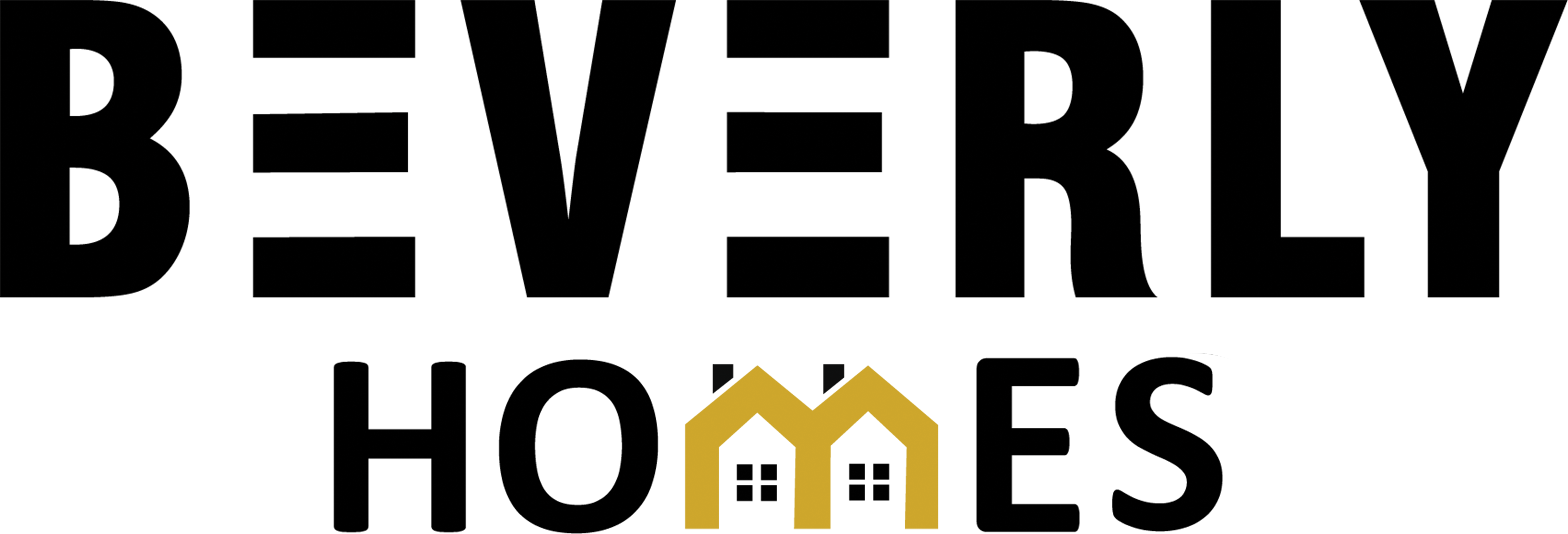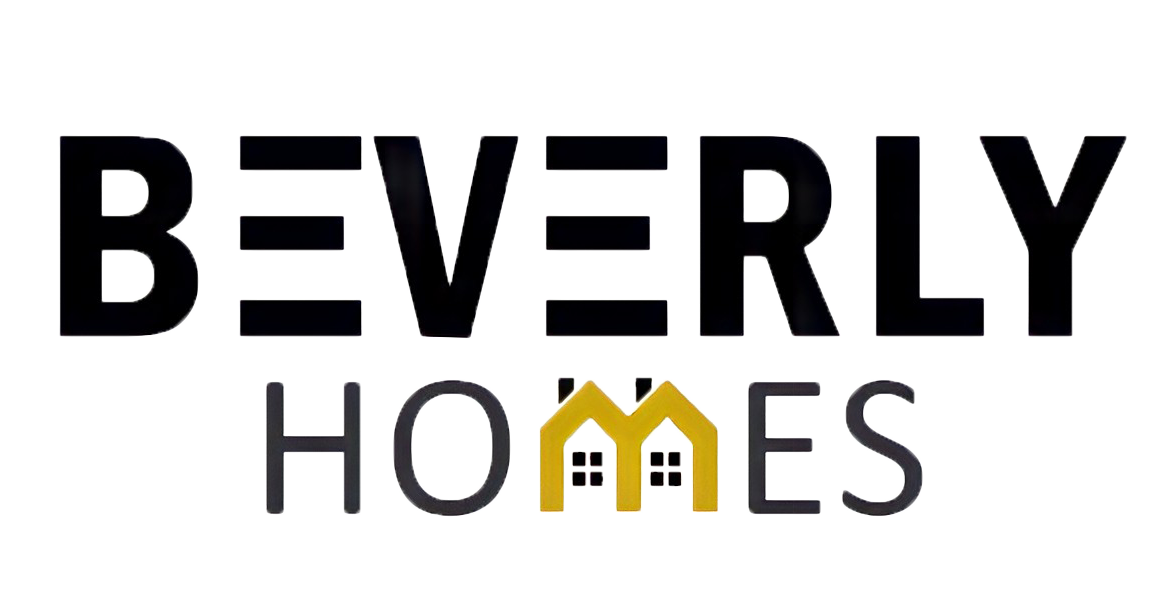Melbourne’s Path to Sustainability: The Role of Passive House Builders
In a world where environmental sustainability is becoming increasingly vital, the construction industry is no exception. With the rising awareness of climate change and the need to reduce carbon footprints, construction practices have evolved to embrace eco-friendly alternatives. One such innovation is the concept of Passive House construction, which not only promotes sustainability but also prioritizes comfort and energy efficiency.
What is a Passive House?
A Passive House, also known as a Passivhaus in Europe, is a type of building design and construction that focuses on minimizing energy consumption while ensuring exceptional indoor comfort. The core principle of Passive Houses is to create a building envelope that is highly insulated, airtight, and ventilated with heat recovery. This unique combination allows Passive Houses to maintain a constant and comfortable indoor temperature without relying heavily on conventional heating or cooling systems.
Benefits of Passive House Construction
1. Energy Efficiency
Passive Houses can achieve up to 90% energy savings compared to traditional buildings. They require very little heating or cooling, thanks to their superior insulation and airtightness.
2. Cost Savings
While the initial construction costs of a Passive House may be slightly higher, the long-term savings in energy bills far outweigh the upfront investment. Homeowners can enjoy substantial cost reductions over time.
3. Environmental Benefits
Passive House construction significantly reduces carbon emissions and the overall environmental impact of buildings. This aligns with global efforts to combat climate change.
Key Elements of a Passive House
To achieve the remarkable energy efficiency and comfort offered by Passive Houses, several key elements must be integrated into their design and construction:
1. Insulation
High-quality insulation is essential to maintain a stable indoor temperature and reduce energy loss.
2. Airtightness
An airtight building envelope prevents drafts and heat loss, enhancing energy efficiency.
3. Ventilation
Mechanical ventilation with heat recovery ensures a constant supply of fresh air while recovering heat from the outgoing air.
4. Windows
Triple-glazed, airtight windows with insulated frames are a hallmark of Passive House design.
The Role of Passive House Builders
Building a Passive House requires specialized knowledge and skills. Passive House builders play a crucial role in ensuring the successful construction of these energy-efficient homes. Their responsibilities include:
- Designing and constructing buildings that meet Passive House standards.
- Ensuring airtightness and proper insulation during construction.
- Installing advanced mechanical ventilation systems.
- Choosing sustainable building materials.
Sustainable Building Materials
The choice of materials used in Passive House construction is vital to its sustainability. Eco-friendly options, such as recycled insulation materials and non-toxic finishes, contribute to a healthier indoor environment and a reduced carbon footprint.
Passive House Certification
Passive House projects can obtain certification to validate their adherence to strict energy efficiency and comfort standards. Achieving certification not only demonstrates commitment to sustainability but also adds value to the property.
Passive House Case Studies
Several Passive House projects around the world showcase the effectiveness of this construction method. Examples include residential homes, commercial buildings, and educational institutions. These case studies illustrate the tangible benefits of Passive House construction, from energy savings to improved indoor air quality.
Challenges in Passive House Construction
While Passive House construction offers numerous advantages, it also presents certain challenges. These may include initial cost concerns, finding skilled builders, and adapting to regional climate variations. However, with the right approach and expertise, these challenges can be overcome.
Future Trends in Passive House Construction
As the demand for sustainable buildings grows, the Passive House industry continues to evolve. Future trends may include even more energy-efficient designs, smart home integration, and increased use of renewable energy sources.
Financing and Incentives
Financing a Passive House project can be a concern for many. However, various financing options, such as green mortgages and government incentives, can make these projects more accessible and financially viable.
The Environmental Impact
Passive House construction not only benefits homeowners but also has a positive impact on the environment. Reduced energy consumption and lower carbon emissions contribute to a healthier planet.
Choosing the Right Builder
Selecting a qualified Passive House builder is critical to the success of your project. Research their experience, check references, and ensure they have the necessary certifications and expertise.
Conclusion
Passive House construction represents a promising path to sustainability in the building industry. By emphasizing energy efficiency, comfort, and environmental responsibility, these homes provide a viable solution to the challenges of climate change. Choosing the right builder and materials is essential for a successful Passive House project, and with the right approach, we can all contribute to a more sustainable future.
view our projects
Are Passive Houses only suitable for cold climates?
No, Passive Houses are designed to be adaptable to different climates, including both cold and hot regions. The principles of insulation, airtightness, and ventilation are applied to create comfortable conditions regardless of external temperatures.
Is it more expensive to build a Passive House?
While the initial construction cost may be slightly higher, the long-term savings in energy bills often outweigh the additional expense. Passive Houses are an excellent investment in sustainability and comfort.
What is the lifespan of a Passive House?
With proper maintenance, a Passive House can have a lifespan similar to that of traditional homes. The durable construction and efficient design contribute to long-term durability.







